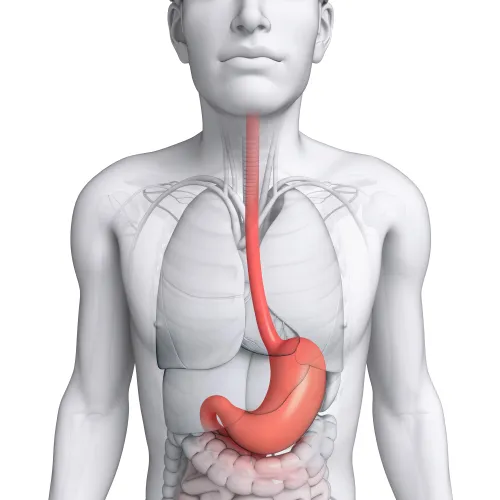Pinpoint Your Best Possibilities for TPI Diagnoses
Two CPT® codes can tie in with multiple ICD-10 choices. Patients with chronic pain issues will often require trigger point injections (TPIs) to help treat their condition. Regardless of the reason for the TPI, coding for these services shares a common thread: they're all reported with only two TPI codes. Not so fast: Coding for TPIs isn't necessarily easy; when it comes to these injection encounters, the devil's in the details. Diagnosis codes can be difficult to discern, and these injection services aren't coded per shot, like many other injections. If you have trouble pulling the trigger on a TPI claim, rely on this coding advice from three experts. Look for these Injuries with TPI When it comes to what ICD-10 codes will prove medical necessity for TPIs, there is no definitive list. The covered, and uncovered, diagnoses for TPIs will vary by location, payer, and, often, encounter specifics. Expert's take: "Many payers have limited payment policies for trigger point injections, so it is important to check the policies when selecting the diagnosis from those that are documented," reports Judith L. Blaszczyk, RN, CPC, ACS-PM, ICDCT-CM compliance auditor at ACE, Inc. in Overland Park, Kansas. However, there are a few types of injuries that might necessitate TPIs more often than others. According to Yvonne Dillon, CPC, CEDC, director of emergency department services at Bill Dunbar and Associates, LLC in Indianapolis, Indiana, some diagnoses that might be linked to a TPI code include: Example: An established patient reports to the PM physician complaining of spasming pain in her left calf. After performing a level-three evaluation and management (E/M) service, the PM physician diagnoses muscle spasms in the left calf. The PM physician performs two TPI injections into the patient's calf muscle, and then instructs her on aftercare. For this encounter, you'd report: Potential problem: Even if you knew every ICD-10 code in the book, you could still have problems linking a diagnosis to your TPI code if the provider isn't specific. "Frequently, physicians will document only the location of the pain; neck pain, low back pain, or headache," says Blaszczyk. "But in the case of trigger point injections they should really indicate more specifically the etiology of the pain." If you have trouble discerning the appropriate ICD-10 code on your TPI claims, go back and ask the provider for more information so you can get the coding right the first time. Count Muscles, not Injections, for Code Choice An important factor in choosing the correct TPI code is in the numbers: you'll need to know how many muscles the PM physician injected. For injections to one or two muscles, you'll report 20552. If the PM physician performs TPIs on three or more muscles, you'll report 20553 (... single or multiple trigger point[s], 3 or more muscles). Documentation alert: Since the number of muscles is so vital to proper TPI code choice, Blaszczyk recommends encouraging providers to document all of the muscles they inject in the encounter notes. "It's very important that the physician document each muscle that is injected so the coder can select the correct code," she says. TPIs Often Target these Muscles Since trigger points may occur in any skeletal muscle, your provider might inject a trigger point in almost any skeletal muscle, says Blaszczyk. According to Deborah Messinger-Pellon, RHIT, CCS, CPC, CPMA, coding manager, Surgery & Anesthesia Team at Massachusetts General Physicians Organization/Professional Billing Office in Charlestown, Massachusetts, some of the more common muscles that fall victim to trigger points include: Example: A new patient reports to the PM physician with pain in her upper back. After a level-four E/M service, the PM physician performs TPIs to the patient's masseter muscle, upper trapezius, lower trapezius, and rhomboids. On the claim, you would report: Use this Checklist for TPI Coding Completeness You always want to have the most complete documentation included in all of your claims, and TPIs are no different. When you submit the TPI claim, Blaszczyk recommends that you make sure you have the following documentation:




